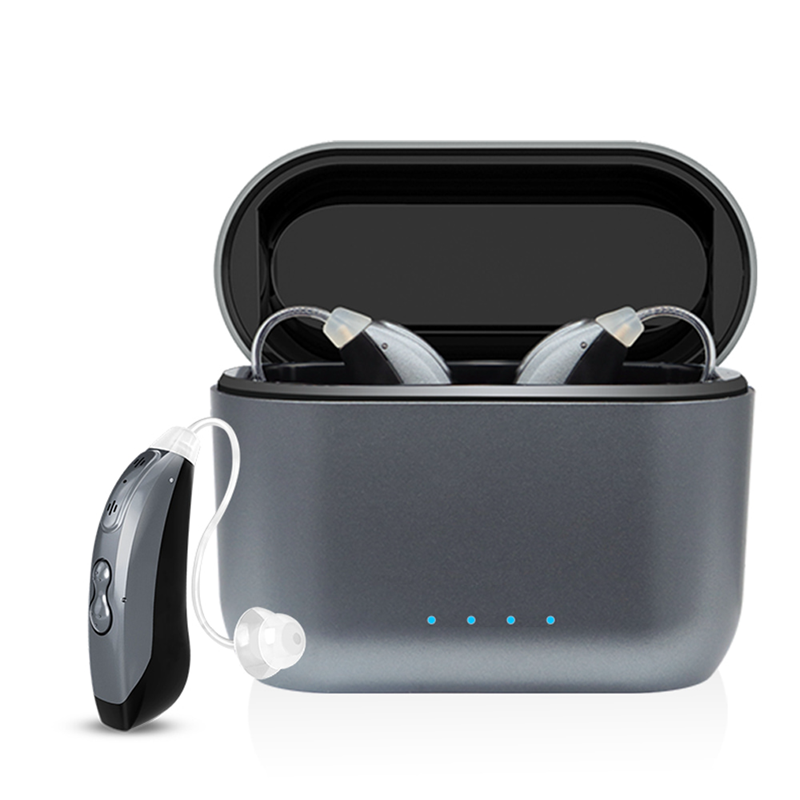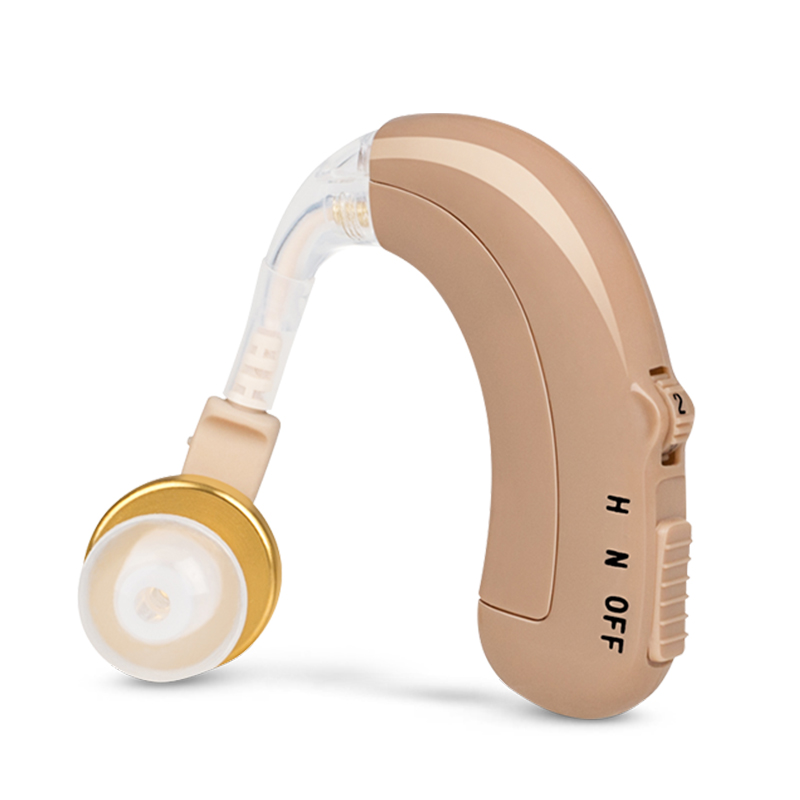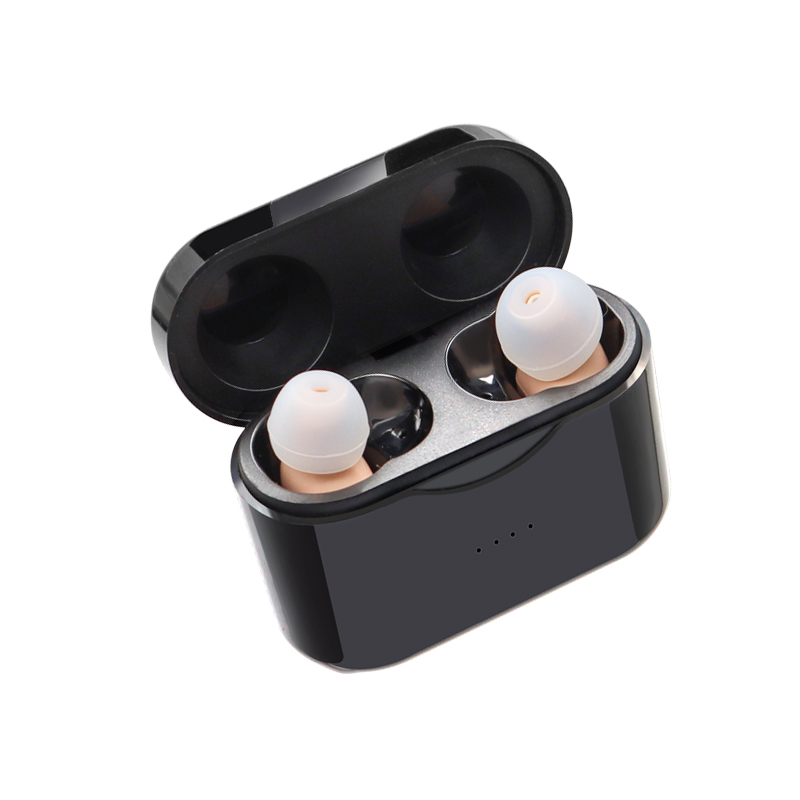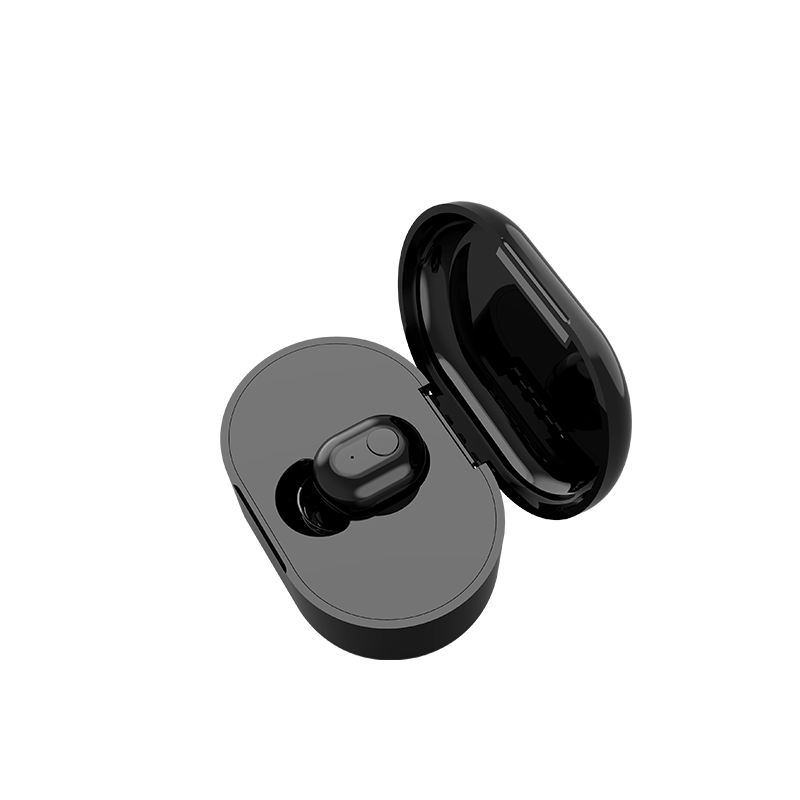
Oh no — your hearing aid stopped working and you don’t know what to do! First, relax and realize there may be a simple fix. Second, troubleshoot your issue with the following steps. While you may eventually need to consult a professional, you might first be able to fix your hearing aids at home.
Issue 1: You hear whistling
According to Signia, one of the main reasons for whistling is an ill-fitting hearing aid. When you purchase your hearing aids through an audiologist, box store, or online company, your device should be tailored to your ears both in size and in programming.
If your hearing aids whistle the first time you put them in, take them out and readjust. If they continue to whistle even when they perfectly nestle inside your ear, your volume may be too loud, or there could be a buildup of earwax causing the magnified sounds to be obstructed.
Issue 2: You don’t hear anything at all
If the sound on your hearing aid is not working, first double check to ensure your hearing aids are on and have the volume turned up. With the small size of hearing aids, you may have accidentally bumped or switched something unintentionally while putting them in your ears. Also check the battery. Try to remember the last time you changed or charged the batteries — you may need a replacement!
If these don’t solve the problem, check the hearing aid tubes and receiver. With daily wear, they can quickly become dirty or clogged with earwax build up. As a reminder, general cleaning and care require you to take the batteries of your device out overnight, wipe down all compartments (tubes, end pieces, ducts, wax guard) with a dry towel, and use a wax pick or brush to clear debris.
If you desire a more thorough clean, consider using a service like Audicus’ Clean and Care Service to receive replacements of batteries, tubes, or wax guards as well as a deep clean of your hearing aids.
Issue 3: You hear static or broken sounds
If your hearing aid is not working, the simplest explanation is dying batteries. Check to make sure they are fully charged or new; batteries usually last about a week with regular use. Extend the life of your batteries by turning off your hearing aids when not in use, or even removing the battery altogether. Also, keep the batteries and hearing aid compartments away from moisture, heat, or cold temperatures. That means out of the refrigerator, away from the foggy bathroom, and out of the rain.
Static may also be caused by dirty or clogged receivers, lint or debris, or even poor programming. By this point, you’ve probably already cleaned your hearing aid, so try switching channels or adjusting the volume.
When to consult a professional
Many hearing aids come with optional protection plans or warranties - don’t be afraid to use them! If your hearing aid continues to cut out sound, provide static, whistle, or seems dead, you may need a replacement part or entirely new device. With companies like Audicus, if you aren’t satisfied with your purchase or have issues, you can return them and receive replacements through the mail. If you purchased through your audiologist, go in person to see if they can fix your device. From there you may be told to contact the manufacturer.
Don’t wait to fix a malfunctioning hearing aid. Your ears will thank you!
By: Diana Michel
Sources: Signia
The above is the interpretation of A Troubleshooting Checklist for Hearing Aid Problems provided by Chinese hearing aid supplier Shenrui Medical. Link https://www.srmcm.com/Blog/A_Troubleshooting_Checklist_for_Hearing_Aid_Problems.html of this article is welcome to share and forward. For more hearing aid related information, please visit Blog or take a look at our Hearing aids products















